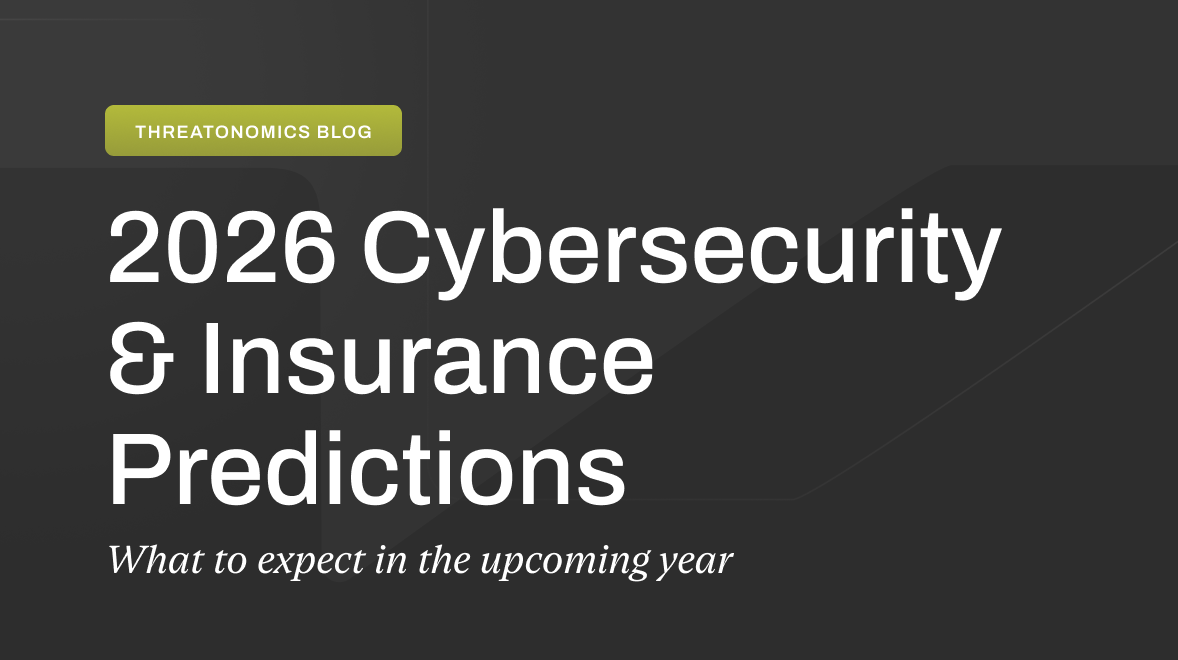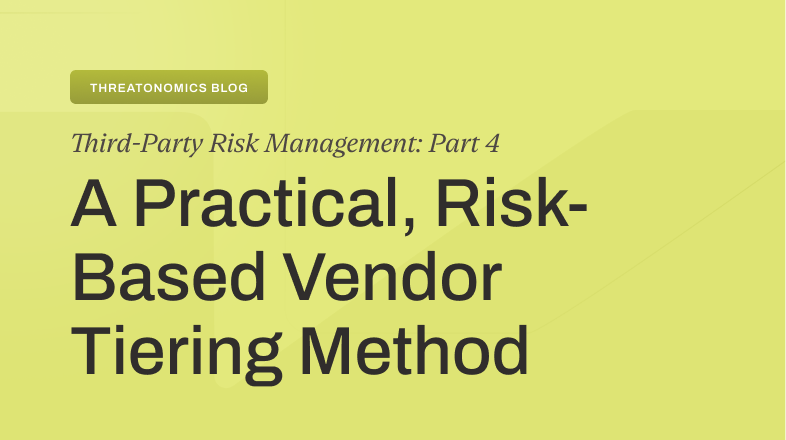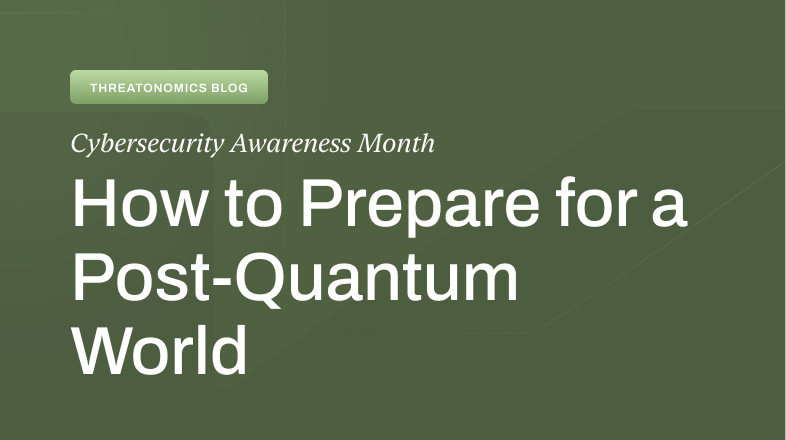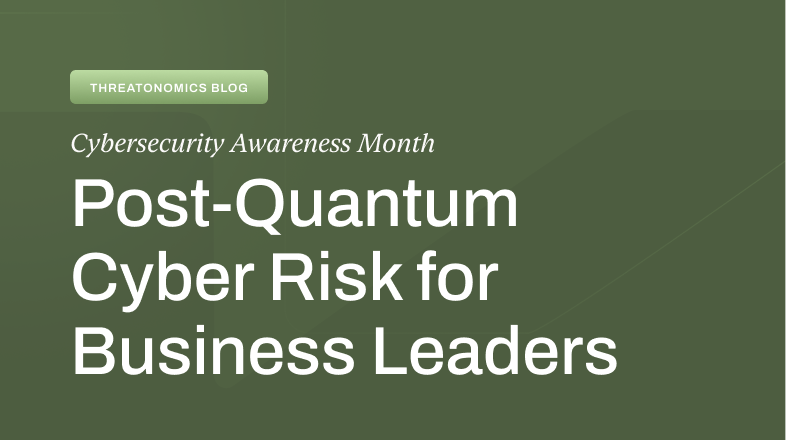Why every business needs an IRP
Cyberattacks are no longer a distant threat—they are a certainty. Whether it’s a ransomware attack, data breach, or insider threat, organizations must be prepared to respond quickly and effectively. Without a solid plan in place, even a minor security incident can spiral into a major crisis, leading to financial losses, reputational damage, and regulatory penalties.
An incident response plan (IRP) serves as a plan for managing cybersecurity incidents, ensuring that businesses can detect, contain, and recover from attacks with minimal disruption. But having a plan isn’t enough—organizations need to regularly test, refine, and integrate it into their overall security strategy to stay ahead of evolving threats.
“Simply put, it’s the difference between chaos and control when something goes wrong,” Resilience Senior Technical Security Advisor Arezoo Shekarchi says. “A well-prepared and tested IRP ensures that when an incident happens, the teams know their role and what to do. It reduces confusion, speeds up response time, limits financial and reputational damage, and keeps business operations running.”
This guide breaks down the essential components of an incident response plan and walks through the seven key phases of incident response.
Essential components of an effective Incident Response Plan
1. Establishing an incident response team
Your incident response team (IRT) must be clearly defined, with individuals or teams assigned to manage each part of the incident lifecycle. A comprehensive IRT should include a leader and representatives from various company functions:
- Incident response leader – Coordinates response efforts across multiple departments.
- Legal and compliance – Ensures regulatory obligations are met and maintains attorney-client privilege.
- IT and security specialists – Conducts forensic analysis, contains threats, and restores systems.
- Communications and media relations – Manages internal and external messaging to employees, stakeholders, and customers.
- Risk management and insurance – Assesses financial impact and works with cyber insurers to bring in assistance when needed.
- Human resources – Manages support personnel investigations and validates PII data.
You should also consider partnering with external specialists, like Resilience, who can provide cyber insurance, forensic investigation, legal counsel, and crisis communications support when an incident occurs.
2. Incident detection and reporting procedure
Your IRP needs to describe your methods for detecting, reporting, and escalating security events. Begin by identifying which monitoring systems and tools will serve as your first line of defense. These will include SIEM solutions, endpoint detection systems, and network monitoring tools that can flag unusual activities across your infrastructure for investigation.
- Proper documentation becomes critical when suspicious activity is detected. Your plan should specify exactly what information needs to be captured in initial reports—timestamps, affected systems, observed behaviors, and potential impact assessments all provide valuable context for response teams. It should also set clear expectations to document every action taken as part of the response effort. This documentation not only guides your immediate response, but can prove invaluable for post-incident forensics and potential legal proceedings.
- Establish specific thresholds that trigger escalation as individual playbooks for frequently occurring investigation types. For example, multiple failed login attempts might warrant basic monitoring, while detection of encrypted traffic to potentially malicious external IPs could automatically initiate an emergency triage meeting. Your plan should clearly define when to engage external specialists, such as when you encounter sophisticated threats that exceed internal expertise or when regulatory requirements demand third-party involvement.
- Quick detection paired with efficient reporting can dramatically reduce the impact of security incidents. By documenting these processes clearly and training your team thoroughly, you ensure they can respond with confidence at the first sign of compromise, and get the right attention when needed, rather than hesitating during critical early moments of an incident.
Finally, one thing many people worry about is contacting their cyber insurance provider. Resilience recommends that our clients notify us any time they think they may have a significant incident. Filing a notification has no negative impact on policy; it’s not a claim. Notifications allow us to put you in contact with panel-approved services that can help you navigate a serious incident as quickly as possible.
3. Defining incident severity levels
Develop a classification system to prioritize your response efforts. A four-level severity system helps teams quickly assess and respond appropriately. Here is an example that could work for many organizations:
Severity Level 1 – Low (Minimal Impact): Minor security events with little to no business impact and no data compromise. These incidents are easily contained and require no escalation.
Examples:
- Suspicious but unsuccessful login attempts
Response:
- Document in the incident tracking system
- No eternal notifications required
- Review during routine security reporting
Severity Level 2 – Medium (Moderate Impact): Incidents with limited scope that affect non-critical systems or indicate potential policy violations. No confirmed data exposure, but investigation is needed.
Examples:
- Unauthorized access attempt without data loss
- Commodity malware on a single endpoint like Potentially Unwanted Program or adware
- Repeated unsuccessful attacks on user accounts
Response:
- Notify IT and relevant business units
- Investigate and document root cause
- Track remediation actions internally
Severity Level 3 – High (Significant Impact): Serious incidents impacting critical systems or involving sensitive data. Likely to cause operational disruption and carry legal or reputational risk.
Examples:
- Any kind of serious malware, including precursors such as RATs, unauthorized RMMs, and human-operated command-and-control (C2), on internal systems
- Confirmed breach of internal or customer PII
- Compromised administrative credentials
Response:
- Escalate to executive leadership, legal, and PR teams
- Activate the Incident Response Team (IRT)
- Notify Insurance to line up third party Breach Response support in case it’s needed
- Provide regular updates to leadership
- Prepare holding statements for public messaging until legal and PR can determine appropriate communications
Severity Level 4 – Critical (Severe/Widespread Impact): Catastrophic events with widespread disruption, data loss, or compromise of critical infrastructure. These incidents pose major legal, regulatory, and reputational risks.
Examples:
- Organization-wide ransomware attack
- Major data breach triggering mandatory notifications
- Breach of systems managing financials or intellectual property
Response:
- Fully activate the IRP and crisis management protocols
- Likely activate third party Breach Response through insurance provider
- Involve executive leadership, legal, PR, and law enforcement
- Initiate real-time briefings and conduct a post-incident review
- Prepare holding statements for public messaging until legal and PR can determine appropriate communications
4. Logging and monitoring requirements
Your Incident Response Plan should clearly outline how your organization handles logging and monitoring of critical systems. Focus on identifying high-level categories of important logs—such as authentication attempts, network traffic, database queries, and privileged user activity—rather than detailing specific log sources, which are often more technical and subject to frequent change. That level of detail should be maintained in separate, regularly updated documentation. At a similarly high level, your IRP should describe the types of monitoring tools and technologies deployed across your infrastructure.
During an active incident, thorough documentation becomes even more critical. Your plan should specify what information must be captured—such as timestamps of actions taken, systems examined, commands executed, and findings uncovered. It’s also essential to clearly assign responsibility for maintaining monitoring systems and analyzing the data, including designating backup personnel in case primary analysts are unavailable.
Centralized logging and continuous monitoring are vital for early detection of intrusions. By aggregating logs across your environment into a unified view, security teams can more easily identify patterns that may go unnoticed when reviewing individual systems. Real-time logs and alerts help trace attacker movements, identify points of entry, and assess the scope of compromise—enabling faster containment and more effective remediation.
5. Communication and escalation plan
Your IRP must include a comprehensive communication strategy that clearly defines who needs to be informed when security incidents occur. Map out the precise order of notifications and specify which communication channels should be used in different scenarios—secure messaging platforms for sensitive details, phone calls for urgent matters, or email for less time-sensitive updates. Develop and maintain detailed contact lists covering all internal stakeholders and external partners, ensuring this information remains current through regular reviews.
Prepare communication templates in advance for various incident types and severity levels, from initial notifications and status updates to final resolution announcements. These templates save critical time during incidents while ensuring consistent, accurate messaging. Establish specific processes for informing executives and board members, detailing what information they need, how frequently they should receive updates, and who is responsible for delivering these briefings.
Beyond internal communications, maintain updated contact information for your extended response network—legal counsel who understand data breach laws, your cyber insurance claims line and broker contact info, public relations firms experienced in crisis management, and appropriate law enforcement contacts.
Your plan should define clear triggers and required approvals for when to initiate communication with external parties, including regulatory notification thresholds, customer communication criteria, and media engagement guidelines. These predetermined decision points help prevent both premature disclosures and harmful delays when time-sensitive communications become necessary.
6. Post-incident review and continuous improvement
Design a framework for learning from incidents after they occur:
- Schedule blameless postmortem meetings after incident resolution
- Document the entire response process
- Identify strengths and weaknesses in the current IRP
- Implement improvements based on lessons learned
- Update training and tools as needed
This continuous improvement approach ensures that each incident response effort makes your organization better prepared for future threats.
7. Conduct regular Tabletop Exercises (TTXs) to practice incident response decision making for senior leaders
Even the most comprehensive Incident Response Plan is only effective if your team can execute it under pressure and all business leaders are aware and aligned with the process. Regular Tabletop Exercises (TTXs) provide a structured environment to practice your response to various cyber incident scenarios without the real-world consequences. They’re also where you can integrate your cybersecurity response, which is an essential part of effective incident response.
Resilience runs expert-led TTXs for our clients, with realistic scenarios based on current threats to clients’ industry and organization—from ransomware infections and data breaches to insider threats and supply chain compromises.
Building a culture of cyber resilience
An Incident Response Plan is not just a document—it’s a crucial defense against cyber threats. Organizations with well-prepared Incident Response Teams, clearly defined response processes, and strategic partnerships with cyber insurance and forensic response teams can contain attacks quickly, reduce breach impacts, and resume business operations with minimal disruption.
Cyber resilience is not about eliminating all threats—it’s about planning for, identifying, and responding to attacks and cyber events in a way that enables you to keep functioning with minimal business impact.
For more cybersecurity best practices and risk management strategies, visit Resilience.








